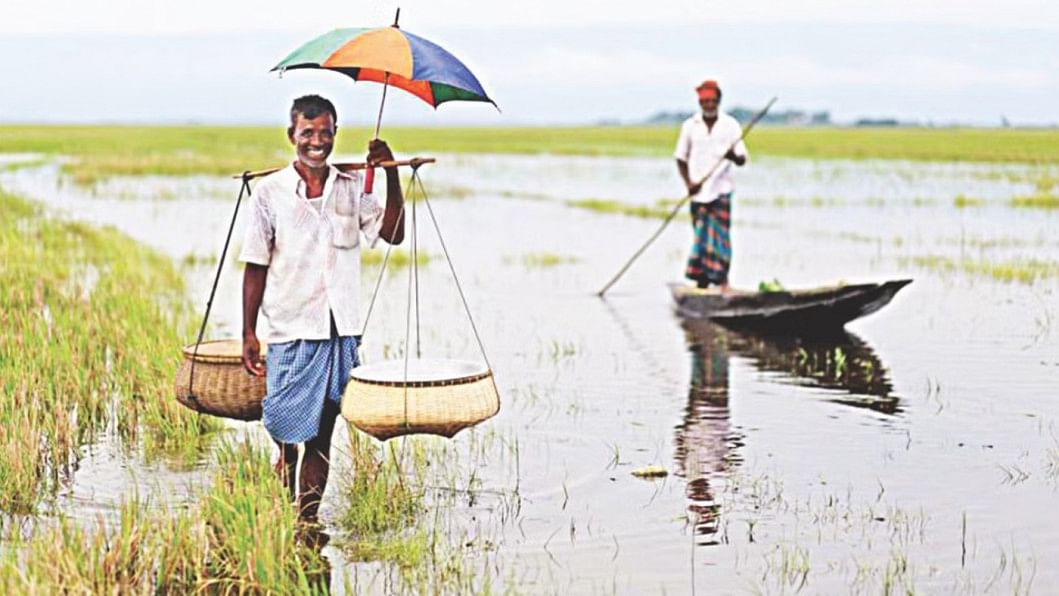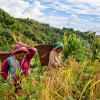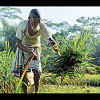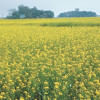What’s in store for our agricultural production potentials?

Since independence, Bangladesh has gone through waves of development. The population has almost tripled since 1974, and the overall area of cultivable land has been on the decline due to population pressure. According to the World Bank data, the total area of arable land in Bangladesh decreased to 61.5 percent in 2020 from 73.4 percent in 1989, putting pressure on the country's food security. Furthermore, being a delta, the country experiences many climate-related calamities that occur frequently, threatening our food security. But technical innovations and developments have considerably aided the growth of Bangladesh's agricultural industry in recent years, and has also contributed to the country's food security. According to the 11th annual Global Food Security Index (GFSI), Bangladesh ranks last among the South Asian countries and 80th out of 113 countries worldwide.
Agriculture still contributes significantly to the country's GDP, although over the last 10 years, its contribution has declined, going from 17 percent in 2010 to 11.52 percent in 2021-22. Along with providing raw materials for other sectors like leather, frozen food, canned food, and poultry and cow feed, it also significantly contributes to export revenues in addition to GDP, livelihood, and employment. It is the cornerstone of the Bangladesh economy and has historically been crucial in alleviating poverty and establishing food security.
Therefore, it is vital to keep our agricultural productivity moving in the right direction.
A measure of the efficiency in an agricultural production system that makes utilisation of land, labour, capital, and other resources available is known as agricultural productivity. This is described as the amount of agricultural output produced on the farmland using a specific amount of agricultural inputs, such as labour, seeds, machinery, farm equipment, water facilities, fertilisers, pesticides, and other overheads. Based on the effective and efficient management of the ratio of outputs to inputs, agricultural productivity can decline or increase.
Despite the growing population, Bangladesh's food production has increased over time, and self-sufficiency in food has been achieved – though it alone cannot ensure food security. Food production is growing, but we still rely on imports for some staple products, such as rice, wheat, soybeans, and pulses. Bangladesh is still not in a good position to ensure food security for everybody, since the country's food security has deteriorated in the last few years. The underlying causes for that are primarily deficiencies in preserving quality and provision of safe food, lack of adequate use of natural resources, and insufficient implementation of climate-smart agriculture.
Bangladesh has to deal with many natural disasters every year. It is high time we replaced traditional agricultural methods with climate-smart agriculture measures to secure the staple food security, at least. Moreover, the pandemic has also taught us the necessity of being self-reliant in agriculture.
Climate-smart agriculture (CSA), a concept introduced in 2009, is an integrated approach to managing landscapes such as arable, livestock, forests, and fisheries, that traces the interconnected concerns of food security and rapid climate change. It's a way for developing agricultural strategies to secure long-term food security in the face of climate change impacts or natural disasters. Coastal farmers are using CSA methods like saline-tolerant crop varieties and other techniques to keep productivity at the required level.
For agriculture and food systems, particularly for smallholder farmers' livelihoods and the security of their food and nutrition in the least developed and developing nations, climate change has been a serious concern. The effects of global warming are ever-growing and include rising sea levels, irregular precipitation, increased drought, flash floods, typhoons, and cyclones. Agriculture is negatively impacted, which lowers the yields of fisheries, livestock, and agricultural products. Promoting climate-smart agricultural technologies, such as appropriate capacity development, research and development, early warning systems, agriculture insurance programmes, farmer incentive policies, and coordinated efforts against climate change could lessen the adverse effects.
Rice, the predominant crop in Bangladesh, has been the subject of the largest amount of agricultural research throughout the green revolution. Given the significant growth in rice yield, rice research has been exceedingly successful, with new varieties emerging that are tolerant of salinity and submersion. The development of environment-friendly and disaster-tolerant jute varieties is already the subject of research.
There are other crops in the country with enormous possibilities. According to several studies and research, it has been found that the economic and personal benefits of non-cereal crops such as vegetables, potatoes, cotton, onions, etc are on par with or even higher than those of modern rice farming. To fully realise their potential, research and development should concentrate on these crops. Also, Bangladeshi farmers are investing in non-local fruits and vegetables as a result of the Covid-19 outbreak. Growing these crops has a high entrance barrier since it requires more time and money. Local producers would benefit greatly from a decrease in the import of these exotic crops such as Chinese leaves, lemongrass, red cabbage, sweet corn, broccoli, beets, Thai basil, Thai ginger, dragon fruit, etc. Government subsidies can help keep the production costs low by lowering the barrier to entry.
Therefore, both the government and private sector should come forward and encourage climate-smart agriculture as well as the production of non-local crops, which have immense possibilities. It would not only increase the productivity of our agriculture sector, but also maintain self-sufficiency and ensure food security in Bangladesh.
Afia Mubasshira Tiasha is research associate at the South Asian Network on Economic Modeling (Sanem).

 For all latest news, follow The Daily Star's Google News channel.
For all latest news, follow The Daily Star's Google News channel. 










Comments